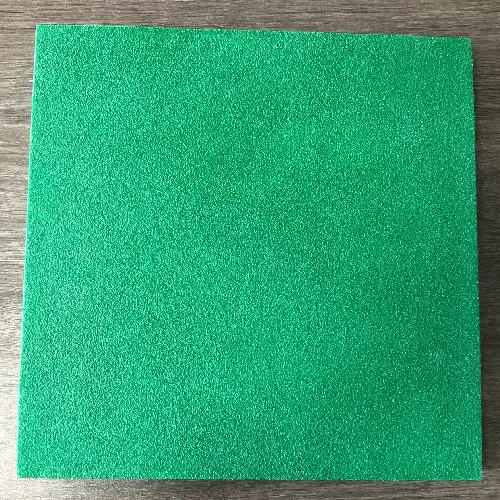loading...
- No. 9, Xingyuan South Street, Dongwaihuan Road, Zaoqiang County, Hengshui, Hebei, China
- admin@zjcomposites.com
- +86 15097380338
- Welcome to visit our website!
Exploring the Benefits and Applications of FRP Treads in Various Industries
Exploring FRP Treads A Sustainable Solution for Modern Construction
In contemporary construction and engineering, materials play a crucial role in determining the longevity, safety, and sustainability of structures. One such remarkable material that has gained recognition in recent years is Fiber Reinforced Polymer (FRP). This composite material, which combines a polymer matrix with fibers, is particularly notable for its use in producing treads for staircases, walkways, and platforms. This article explores the characteristics, benefits, and applications of FRP treads in modern construction.
What are FRP Treads?
FRP treads are essentially stair treads made from fiber reinforced polymer composite materials. These treads are designed to provide a durable, lightweight, and corrosion-resistant alternative to traditional materials like wood, steel, and concrete. The composition of FRP typically involves combining epoxy or polyester resin with various types of reinforcing fibers such as glass, carbon, or aramid. This unique combination results in a product that boasts exceptional strength-to-weight ratios and enhanced structural performance.
Key Benefits of FRP Treads
1. Durability and Longevity One of the standout features of FRP treads is their resistance to corrosion, rot, and decay. Unlike wood, which can suffer from insects or moisture damage, or steel, which can rust over time, FRP maintains its structural integrity even in the harshest environments. This makes it an ideal choice for outdoor installations or industrial settings where exposure to chemicals and moisture is a concern.
2. Lightweight FRP treads are significantly lighter than traditional materials. This characteristic simplifies the transportation and installation processes, reducing labor costs and associated logistical challenges. The lightweight nature of FRP also minimizes the load on supporting structures, allowing for more versatile design options.
3. Safety Features FRP treads are often designed with safety in mind. Many manufacturers incorporate textured surfaces that provide slip resistance, which enhances traction and reduces the risk of accidents. This is particularly important in environments where water, oil, or other substances may create slippery conditions.
frp treads

4. Customizability Another advantage of FRP treads is their versatility in design. They can be manufactured in a wide range of colors and styles to suit the aesthetic requirements of various construction projects. This allows architects and builders to incorporate FRP treads seamlessly into their designs while still meeting functional needs.
5. Sustainability As the world becomes more environmentally conscious, the demand for sustainable materials in construction has skyrocketed. FRP can be produced with recycled materials, further minimizing its environmental impact. Additionally, its longevity reduces the need for frequent replacements, leading to less waste over time.
Applications of FRP Treads
The versatile properties of FRP treads make them suitable for an array of applications across various sectors. Some of the most common uses include
- Industrial Facilities Many factories and plants use FRP treads in their stairways and walkways, where exposure to chemicals and heavy foot traffic is common. - Commercial Buildings FRP treads are often employed in malls and office buildings to navigate between floors due to their durability and safety features. - Bridges Due to their lightweight nature and resistance to corrosion, FRP treads are increasingly used in pedestrian bridges and access walkways. - Outdoor Structures Decks, docks, and other outdoor installations benefit greatly from the weather-resistant qualities of FRP treads, making them a smart choice for waterfront properties and recreational areas.
Conclusion
As the construction industry evolves, the need for innovative and sustainable materials becomes paramount. FRP treads represent a significant advancement in this realm, offering durable, lightweight, and versatile solutions for a variety of applications. By incorporating FRP treads into their projects, builders and architects can ensure not only the safety and functionality of their designs but also contribute to a more sustainable future. As the technology behind FRP continues to advance, its adoption is likely to grow, solidifying its place as a cornerstone of modern construction.
-
Transform Your Spaces with FRP Grating SolutionsNewsNov.04,2024
-
The Versatility and Strength of FRP RodsNewsNov.04,2024
-
The Excellence of Fiberglass Water TanksNewsNov.04,2024
-
The Benefits of FRP Grating for Your ProjectsNewsNov.04,2024
-
Elevate Your Efficiency with FRP Pressure VesselsNewsNov.04,2024
-
Welcome to the World of FRP Pressure VesselsNewsOct.12,2024
-
Unveiling the Future of Filtration: Why FRP Filter Vessels are a Game ChangerNewsOct.12,2024
